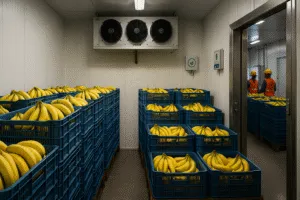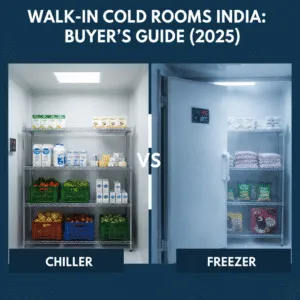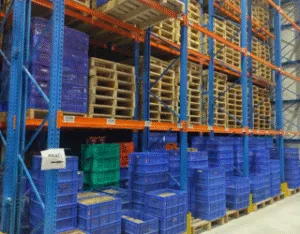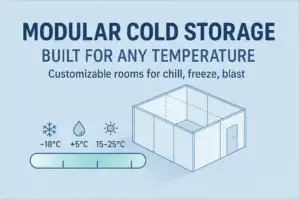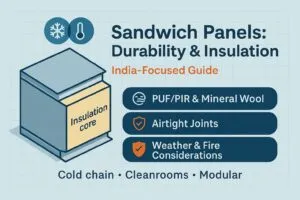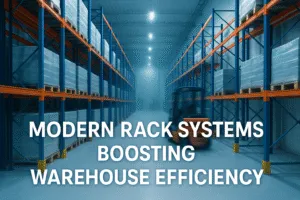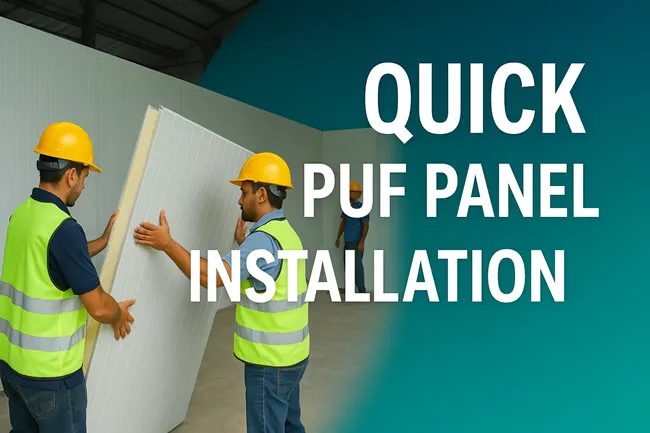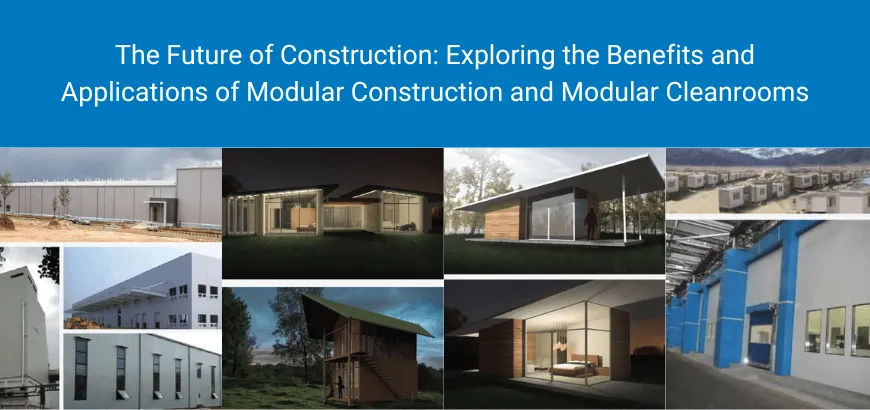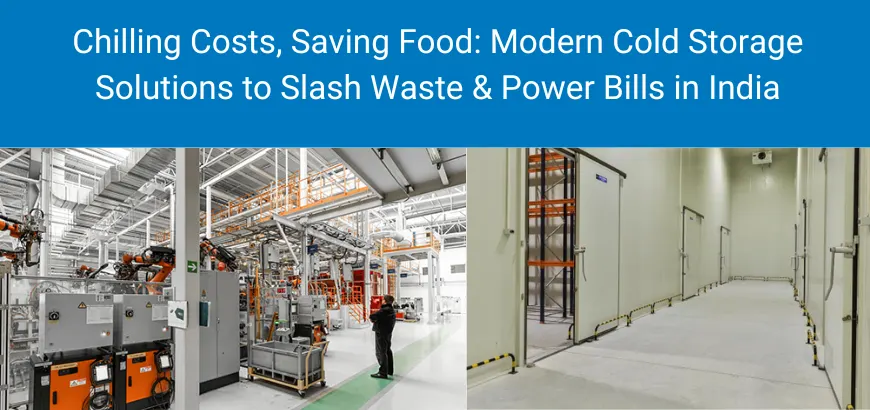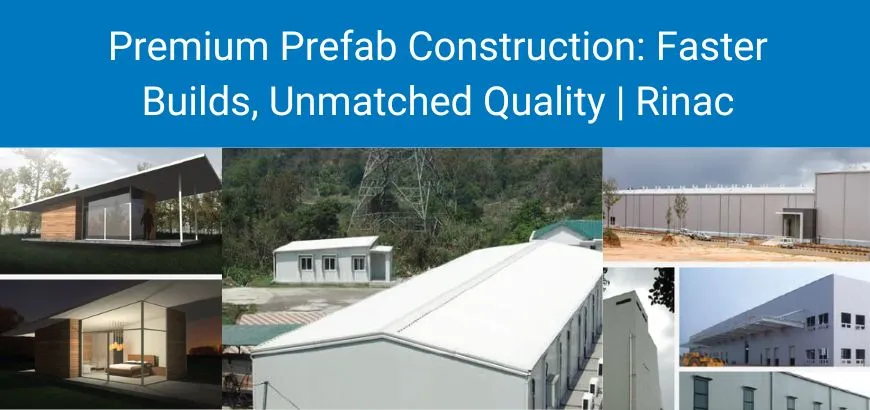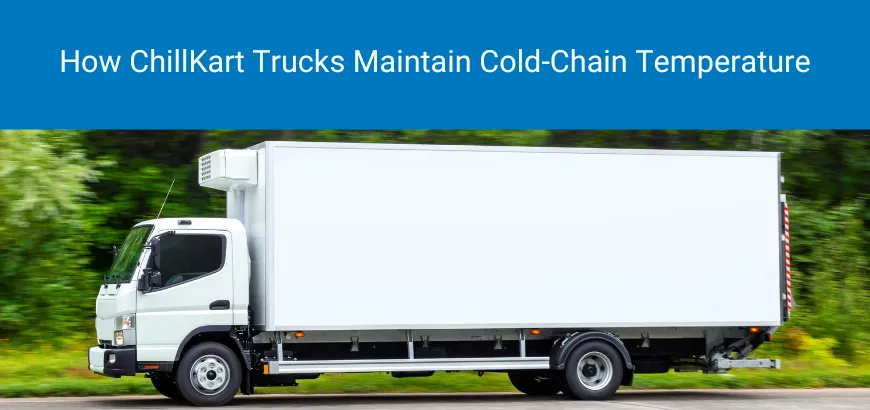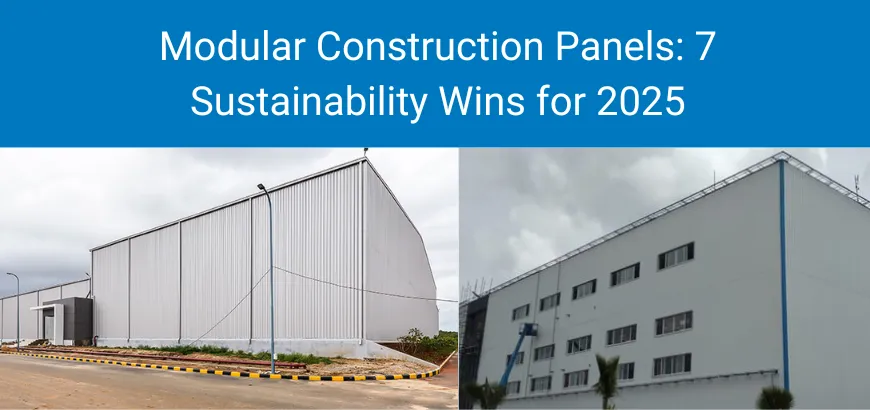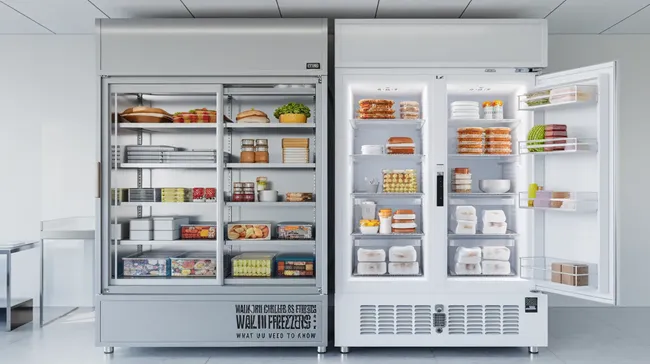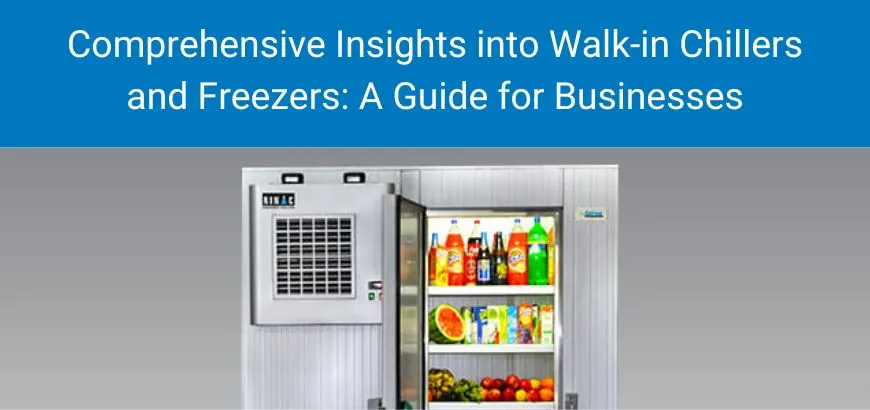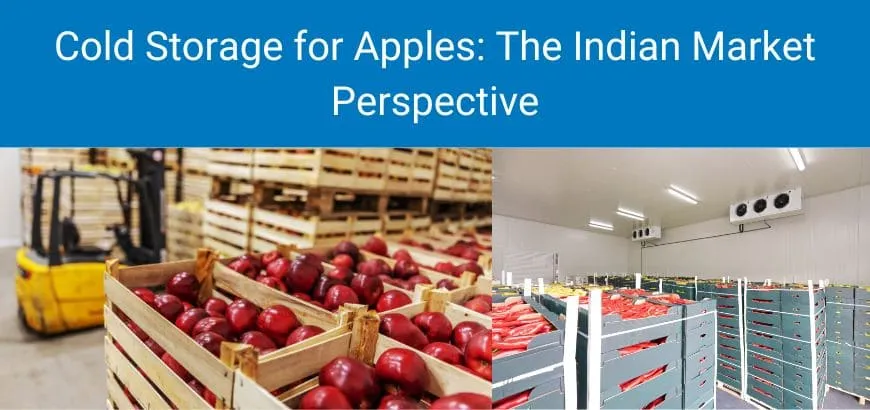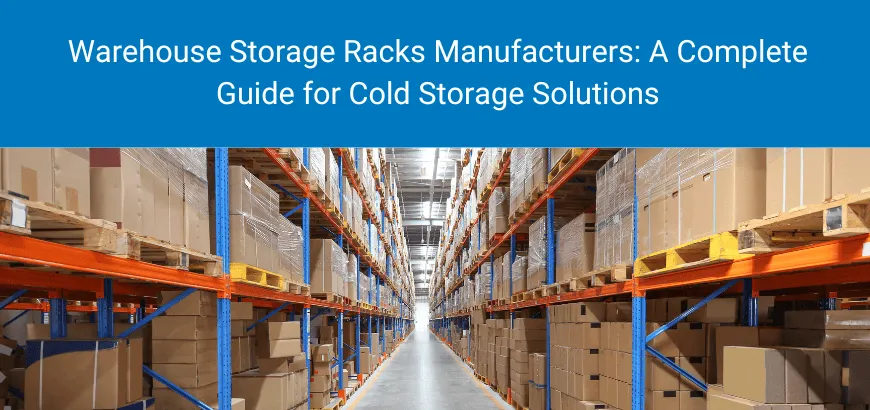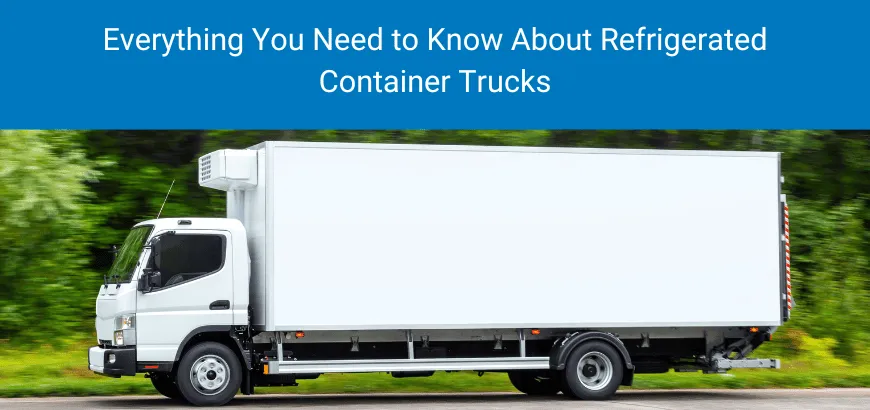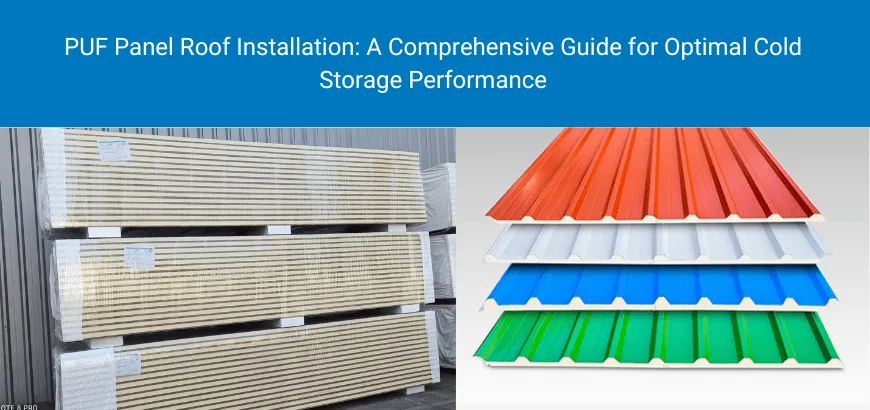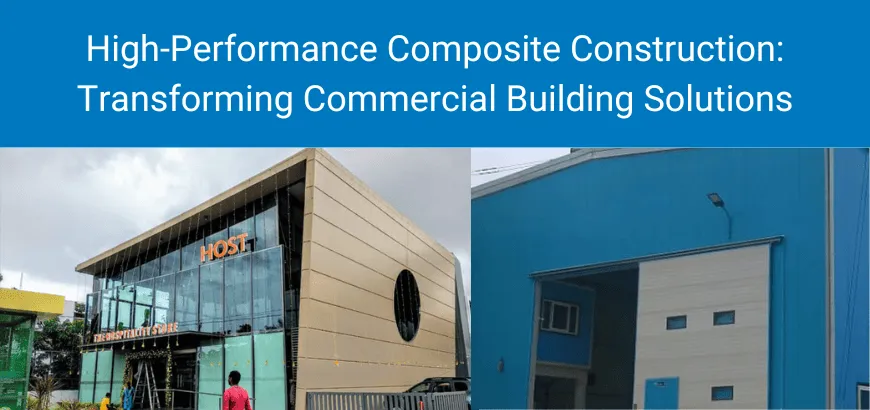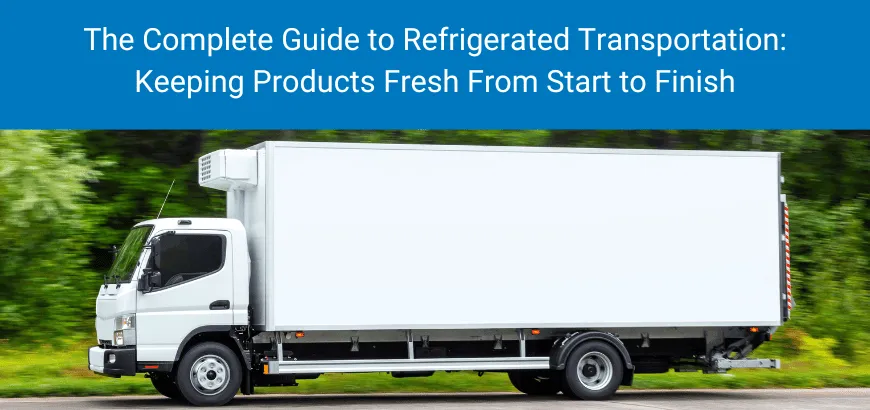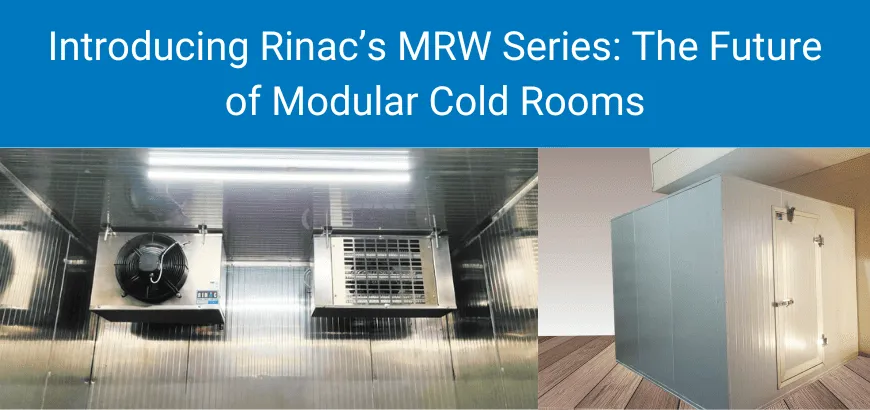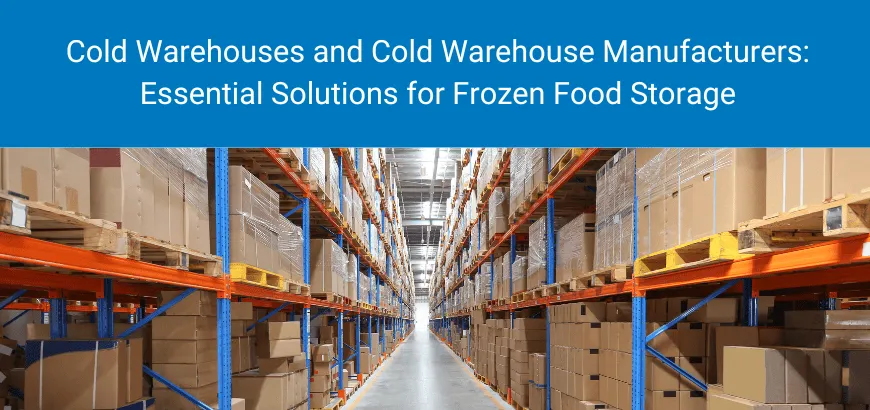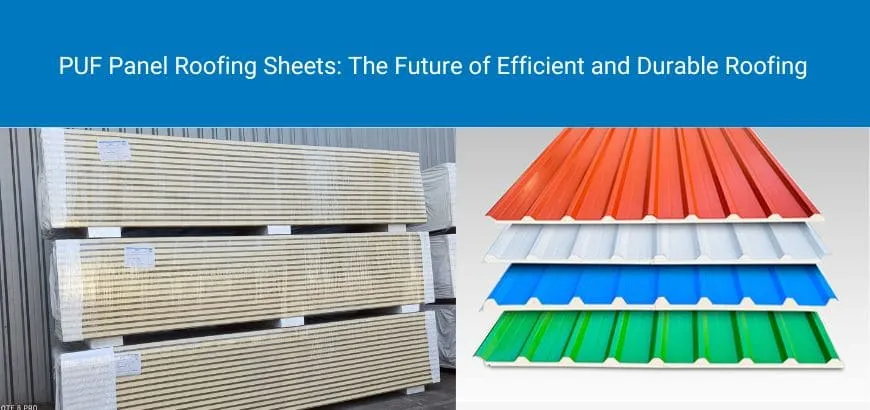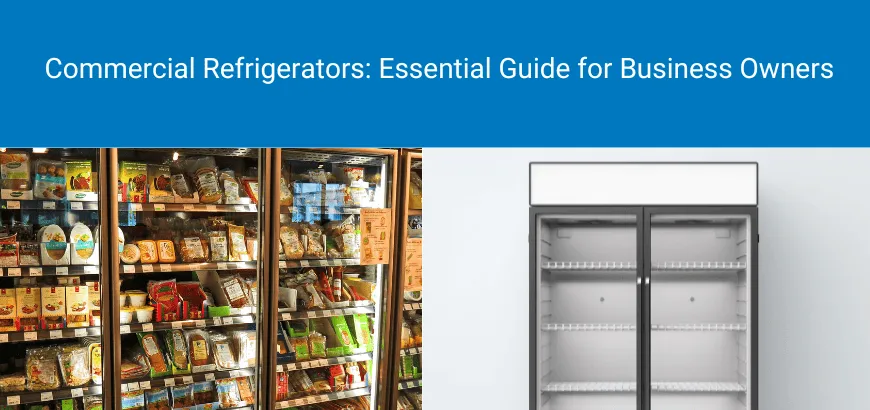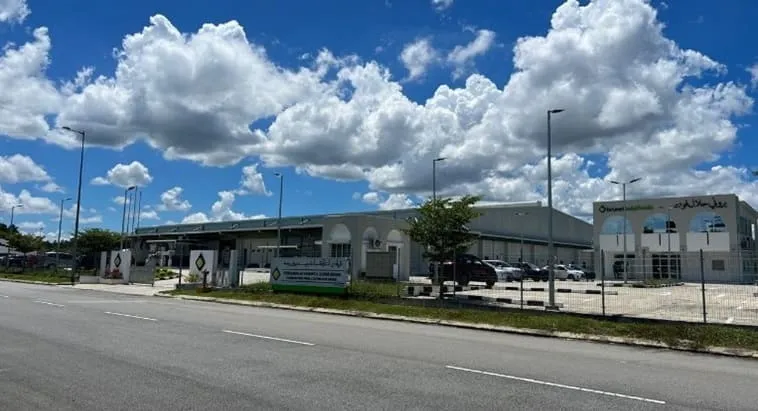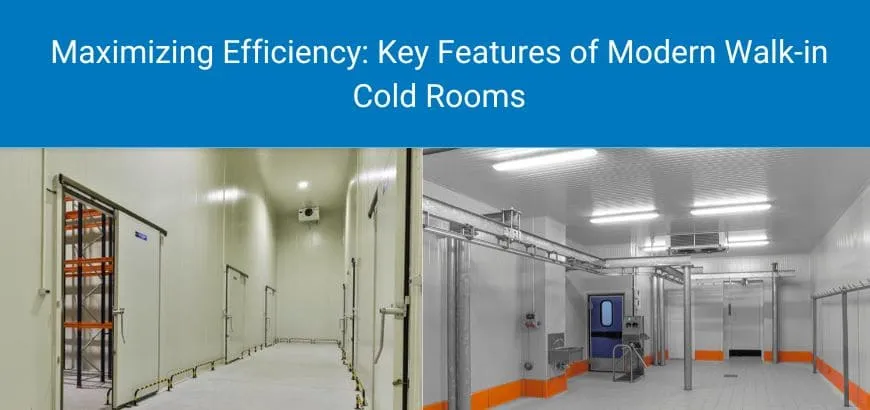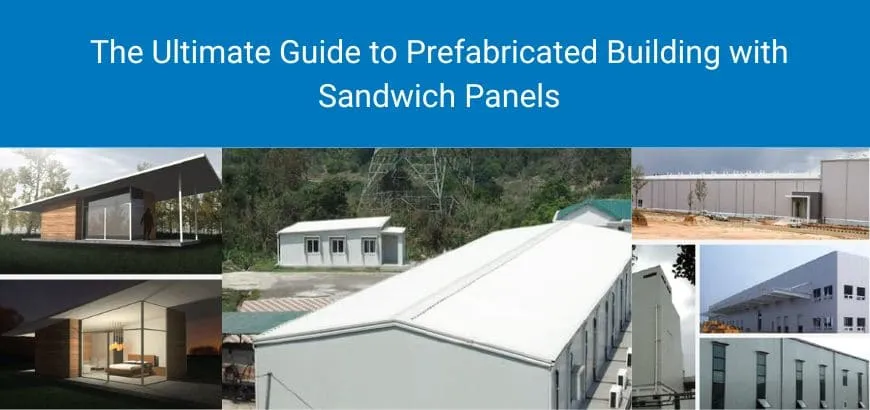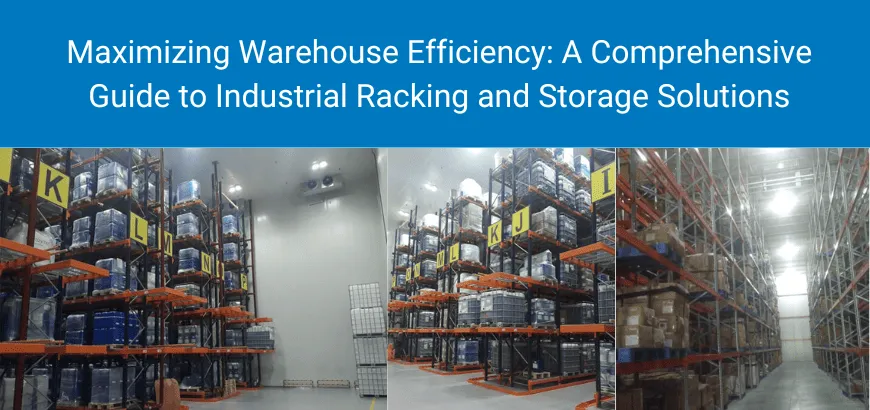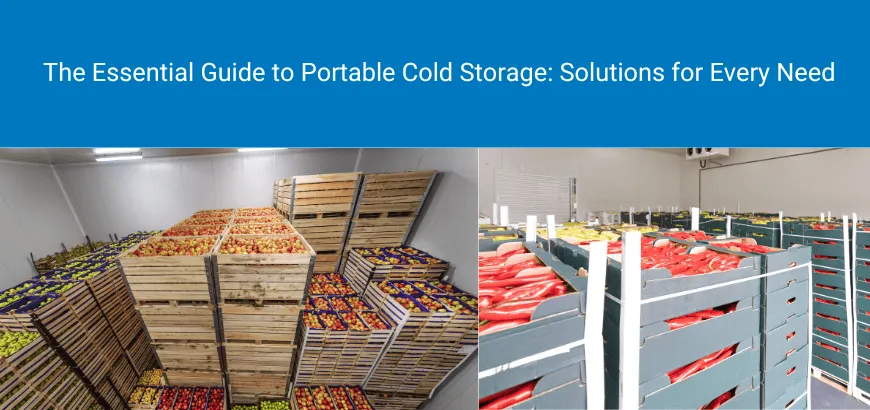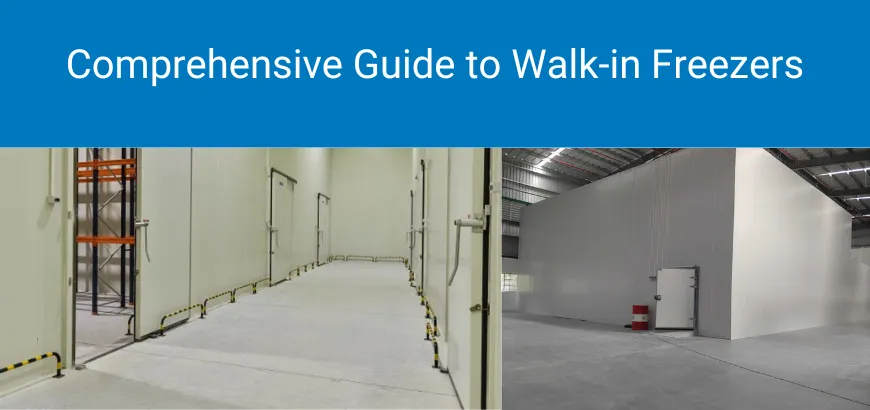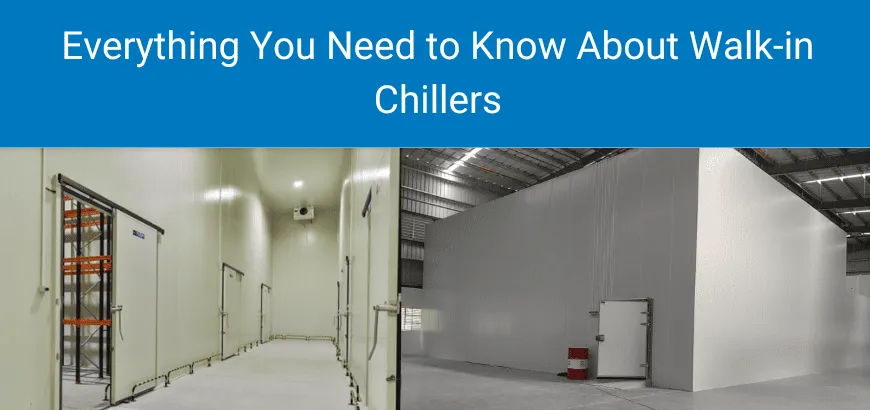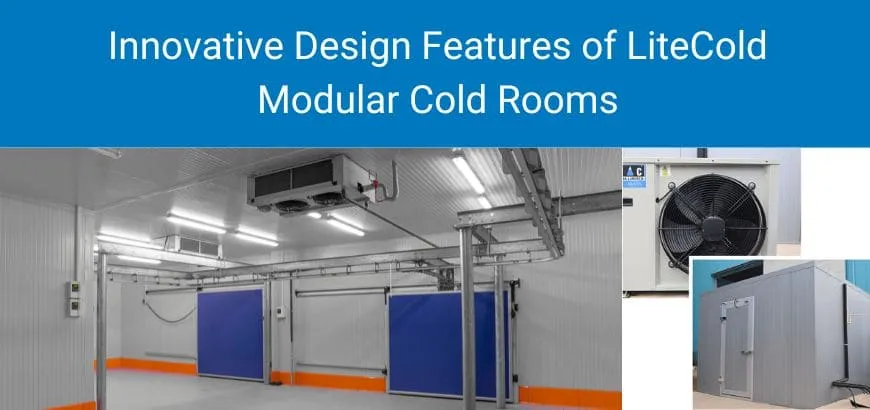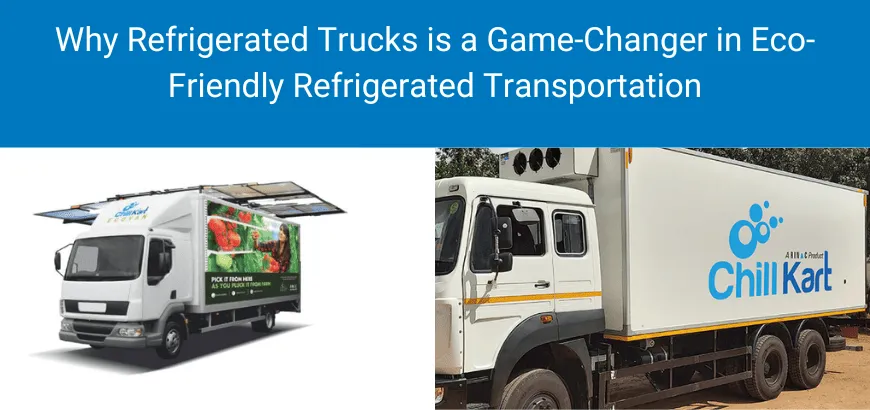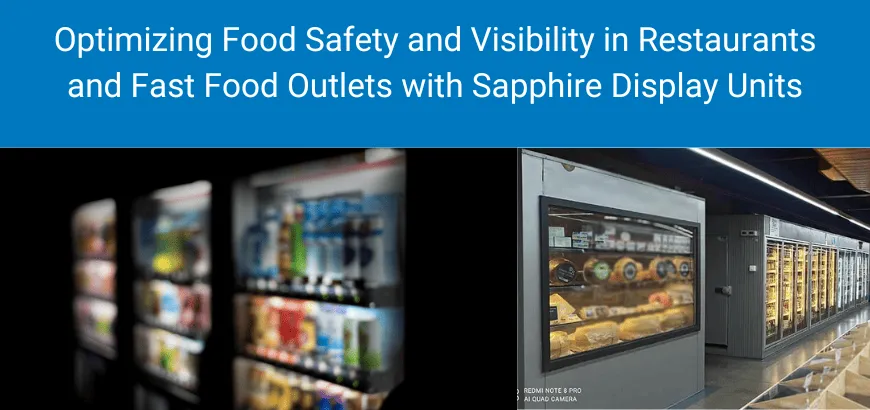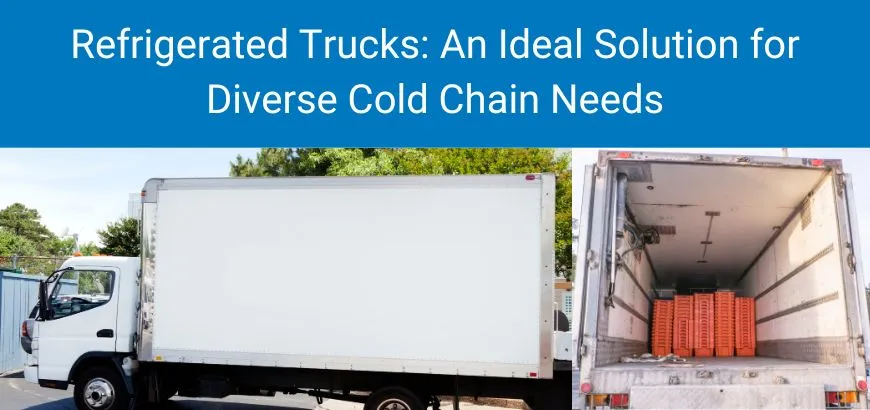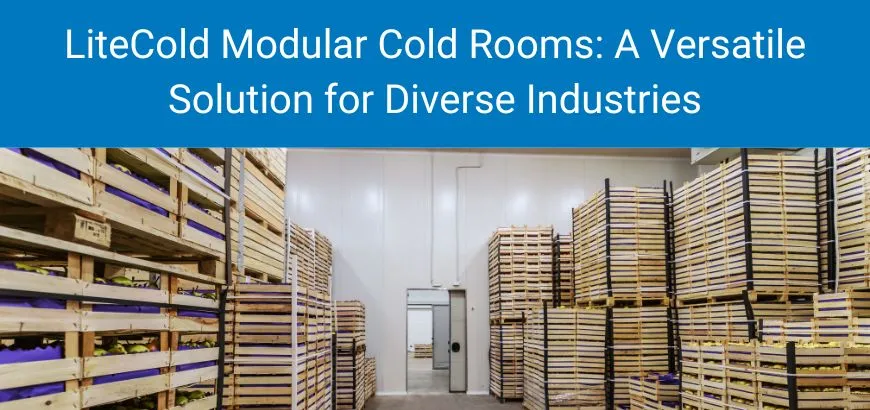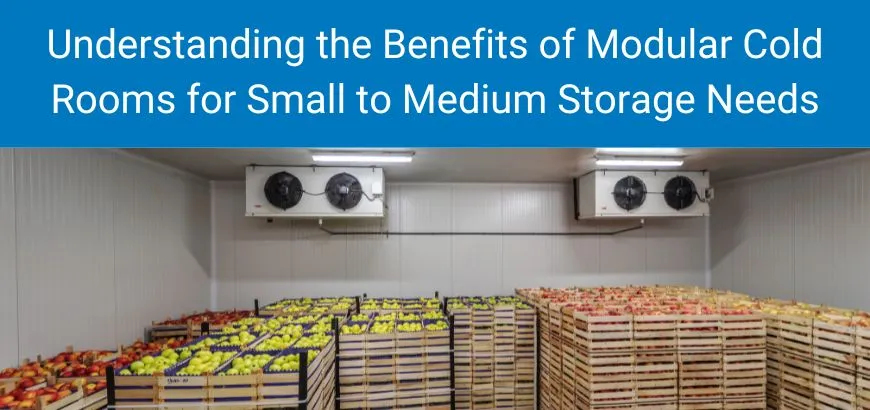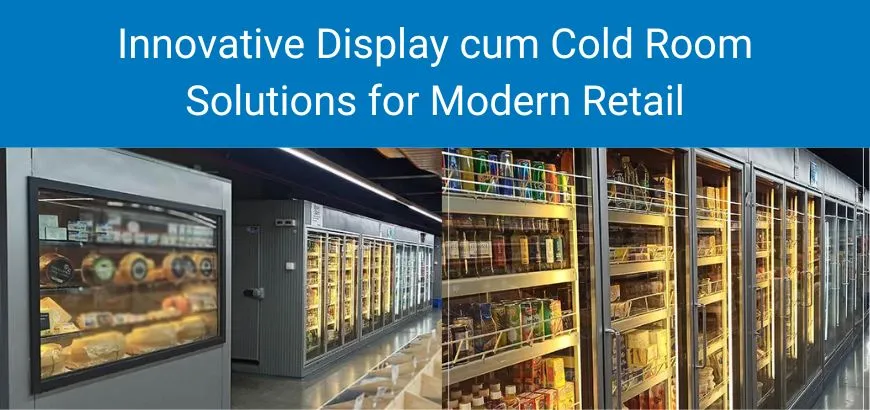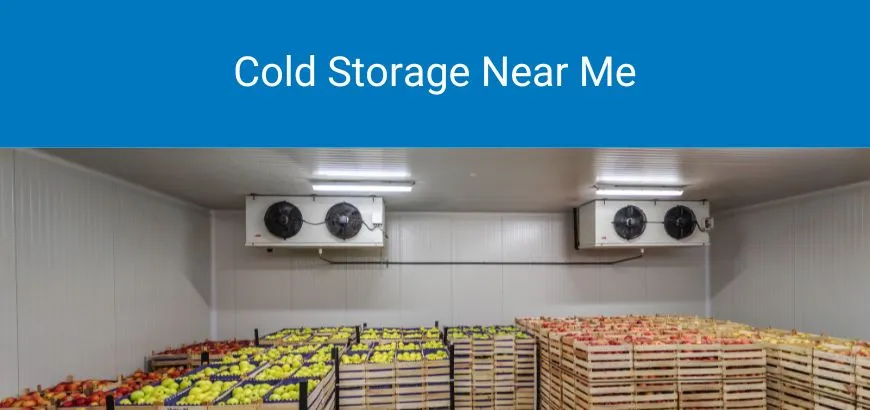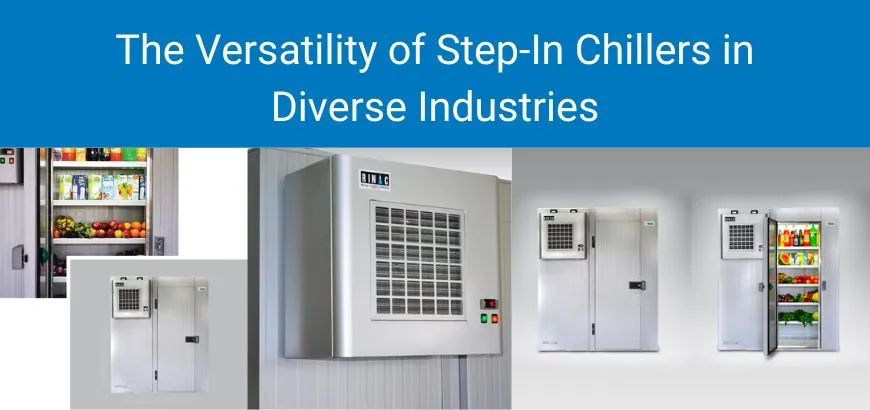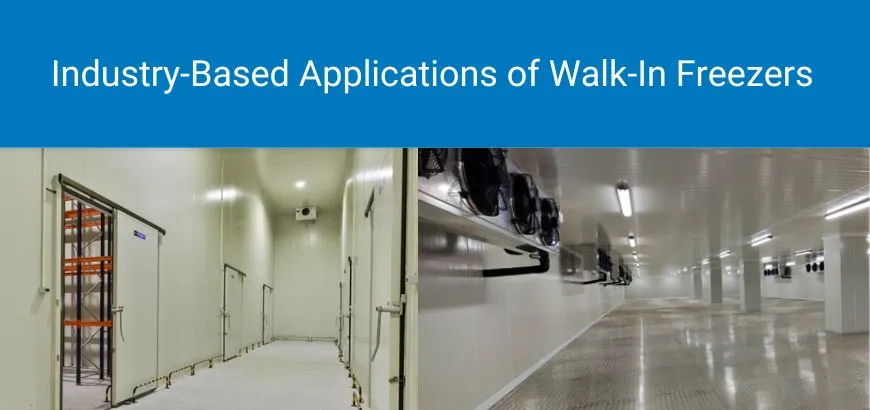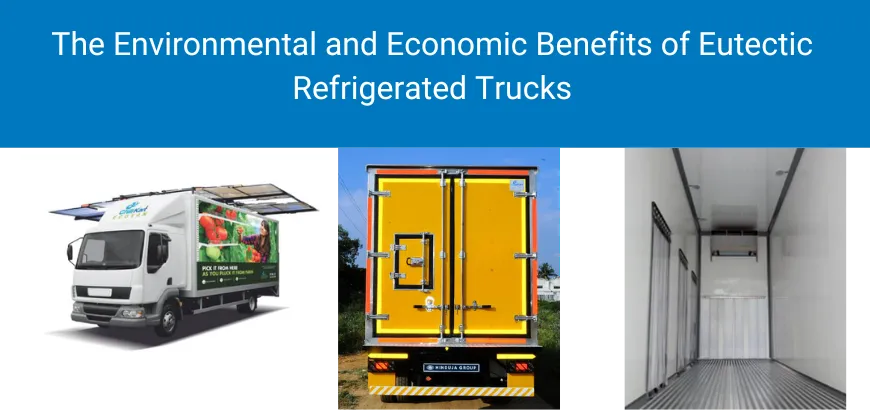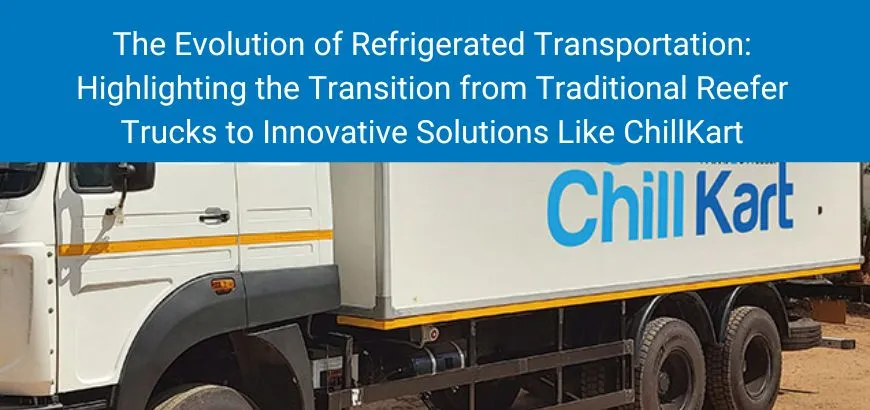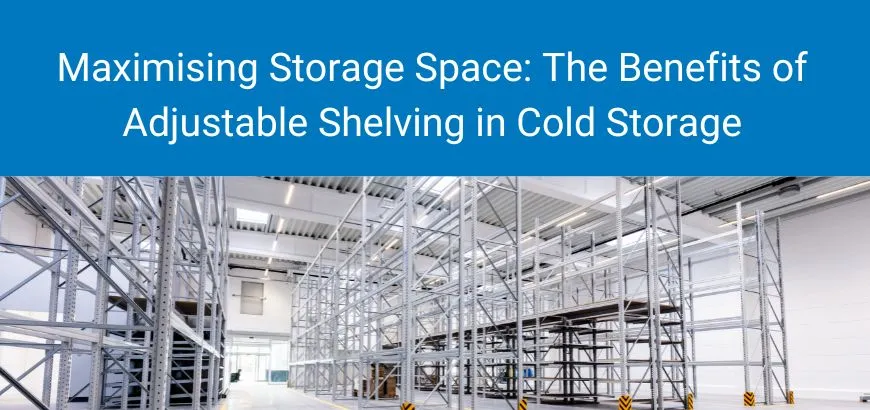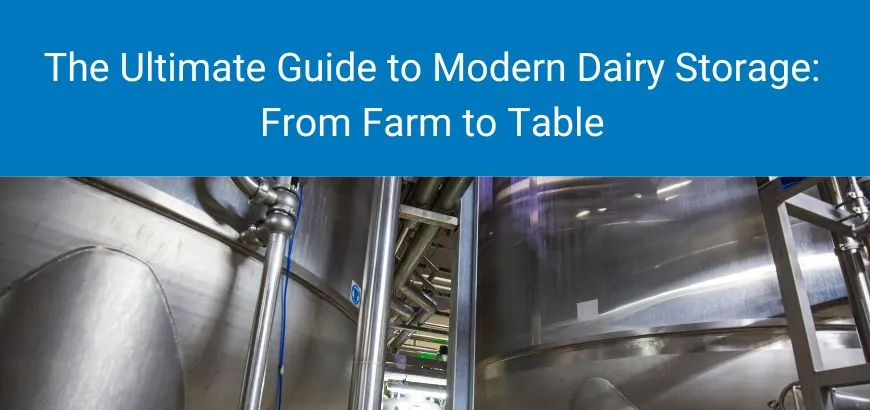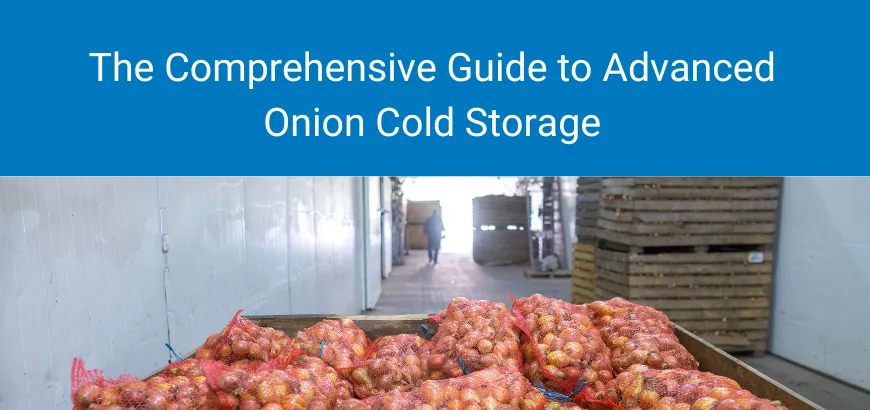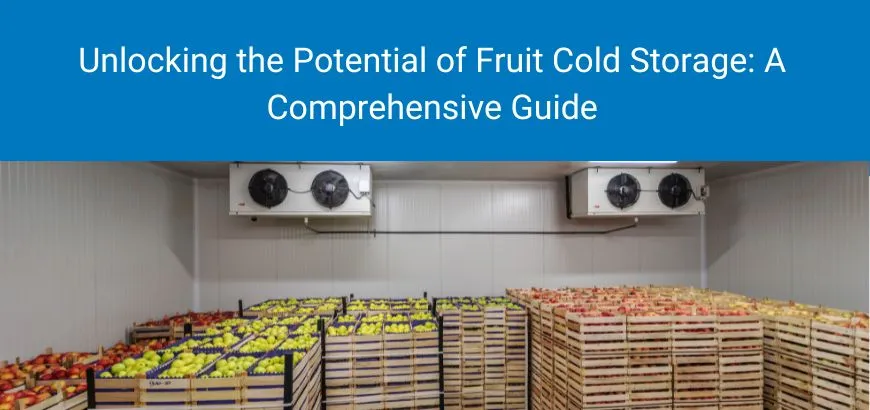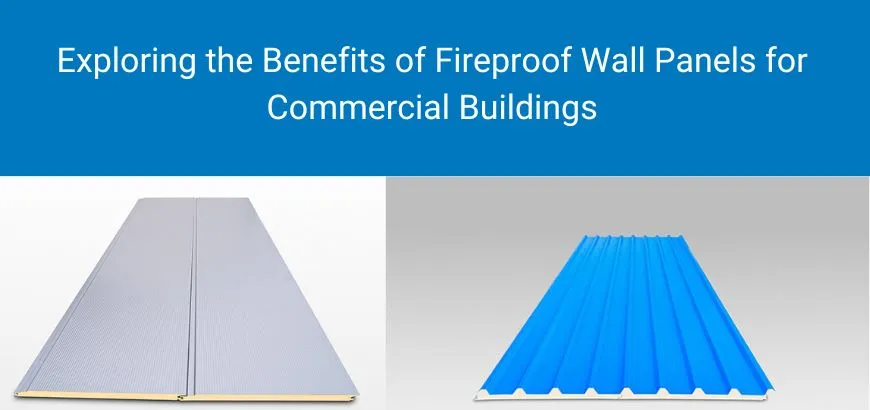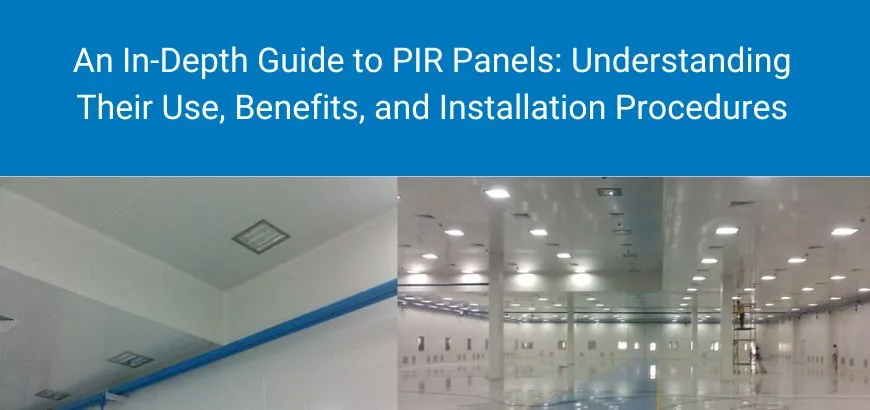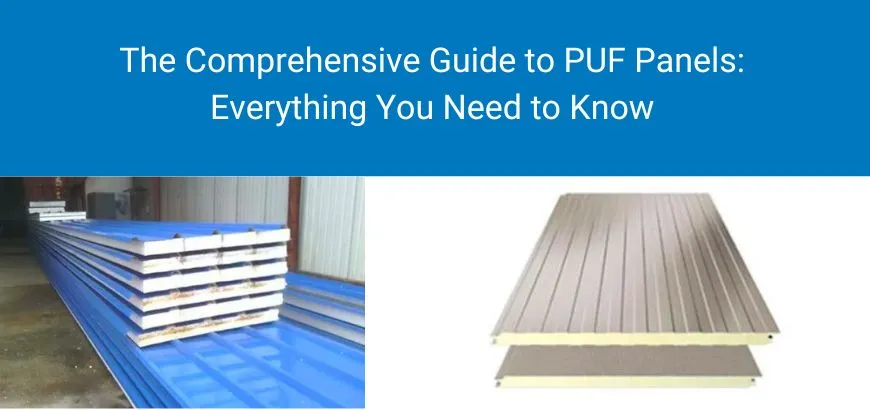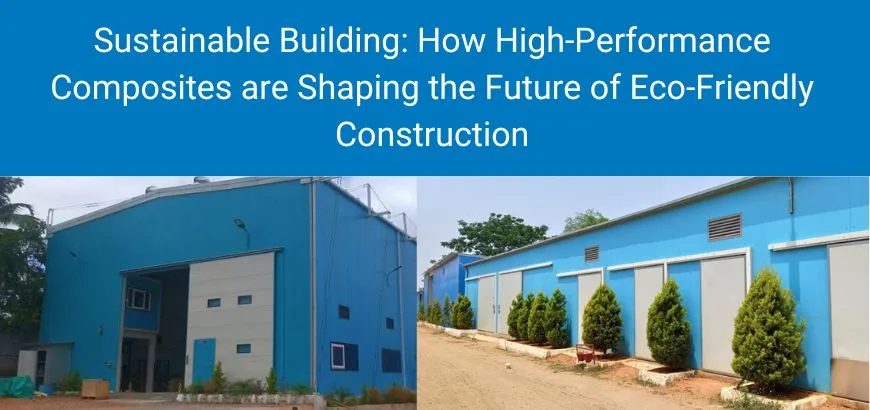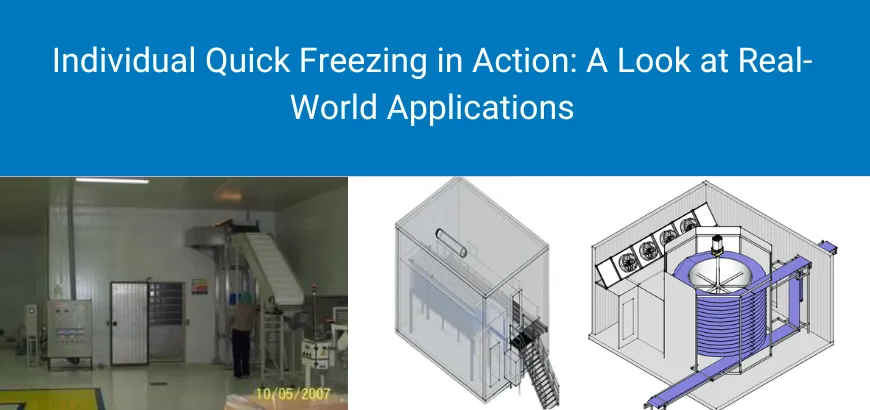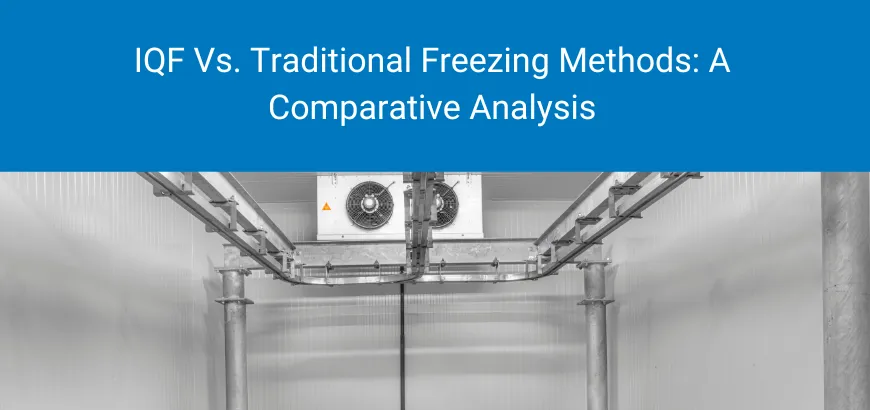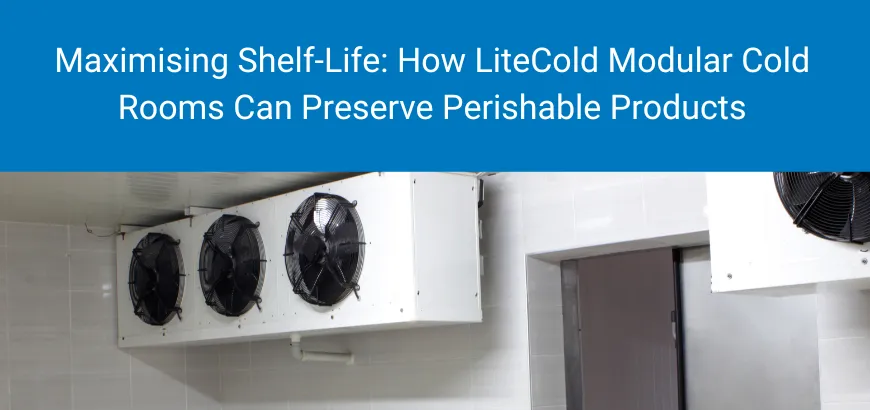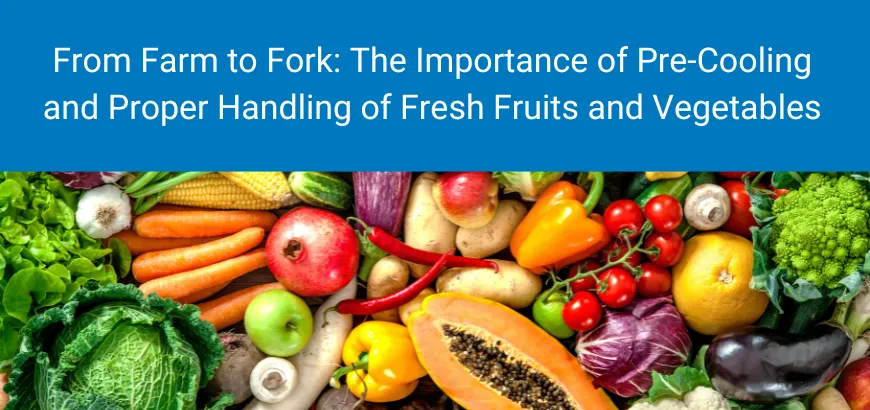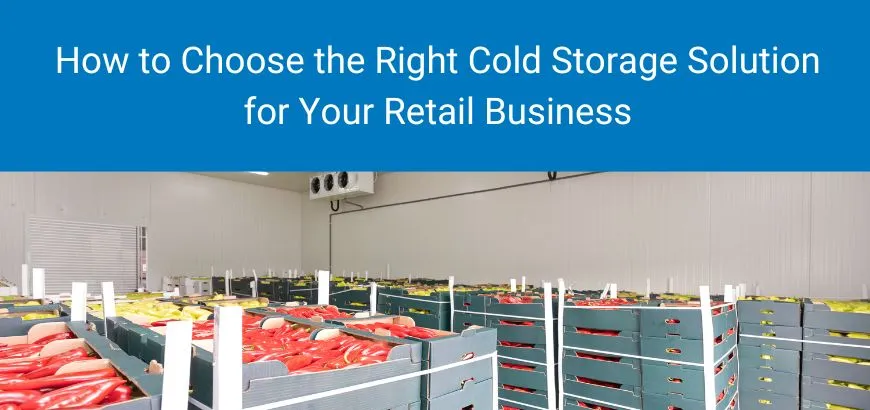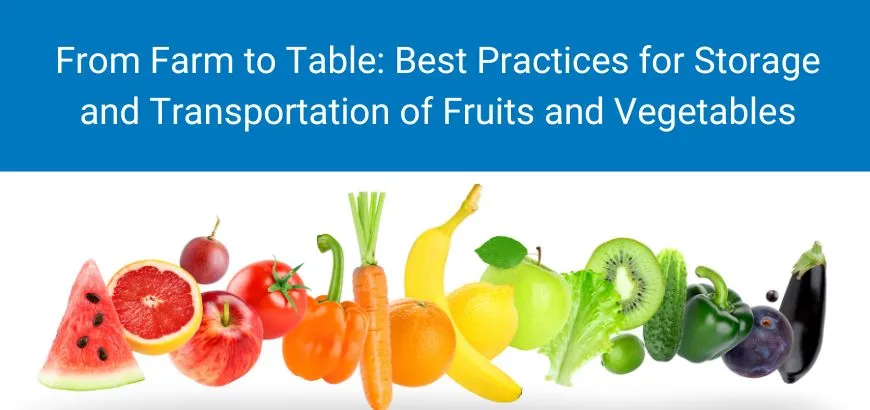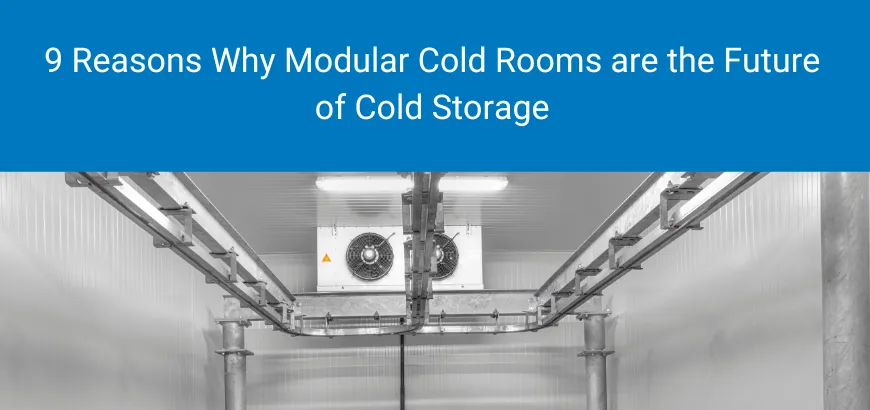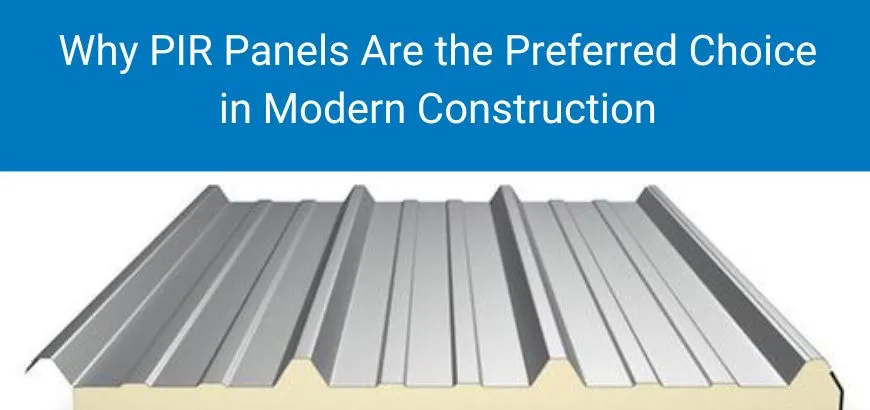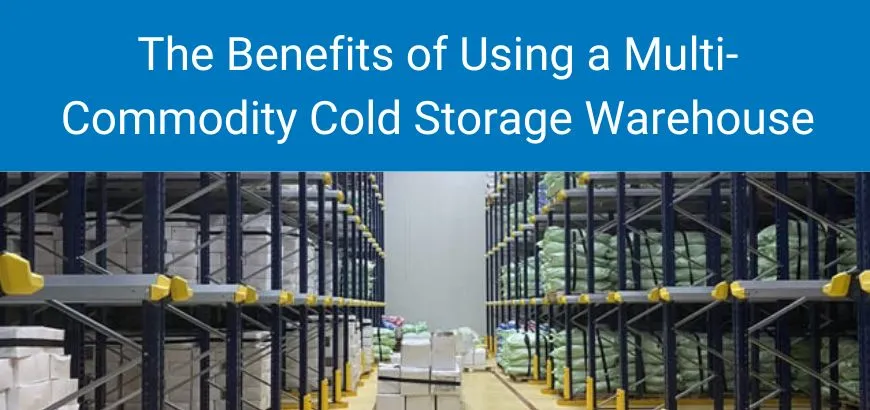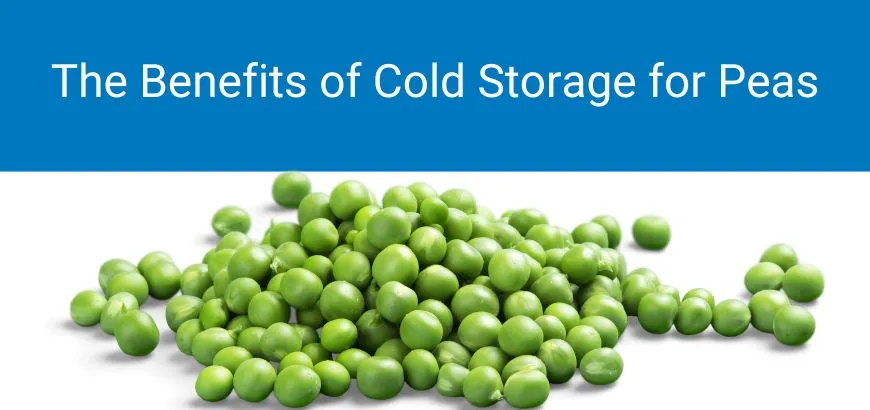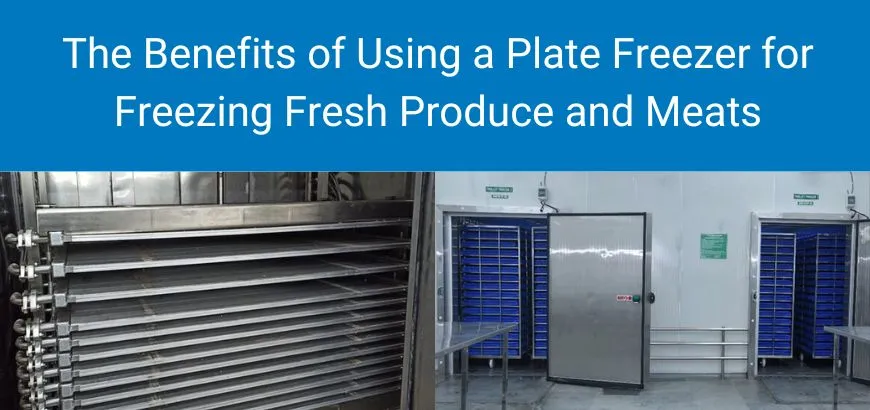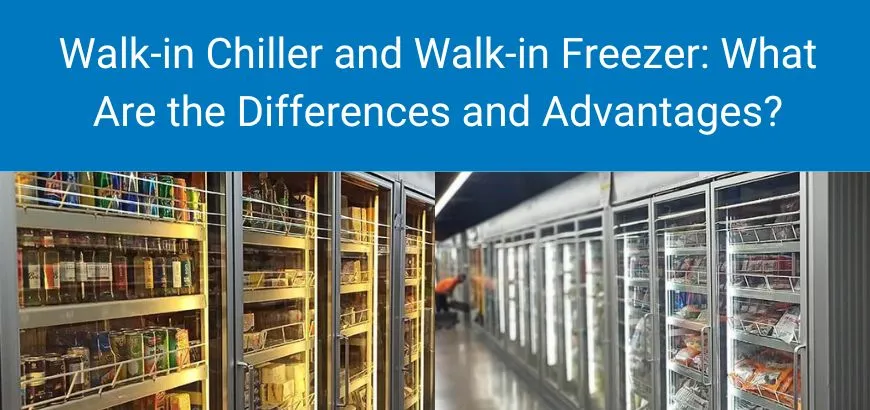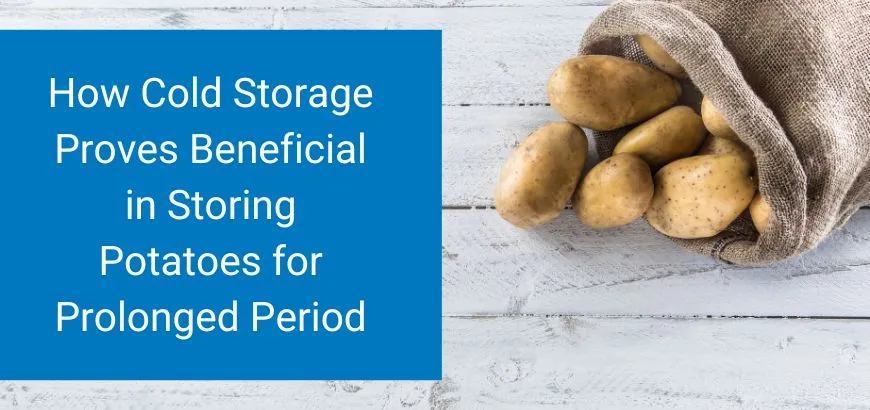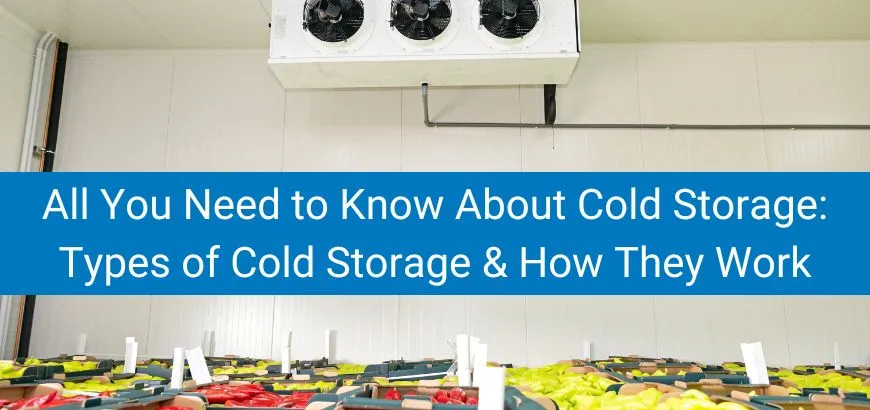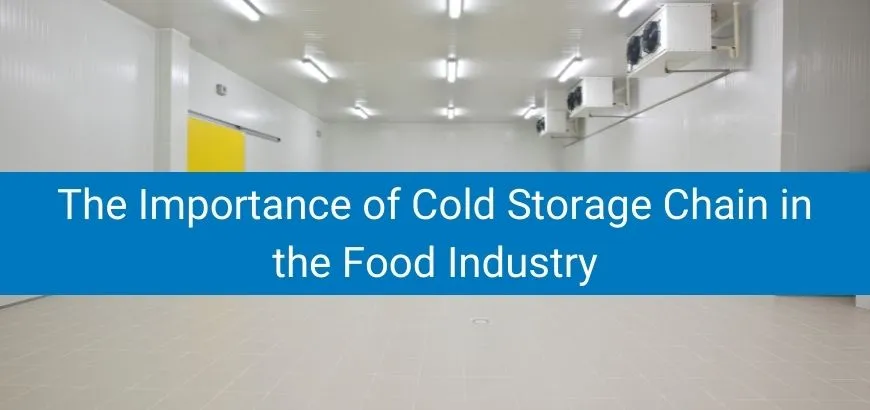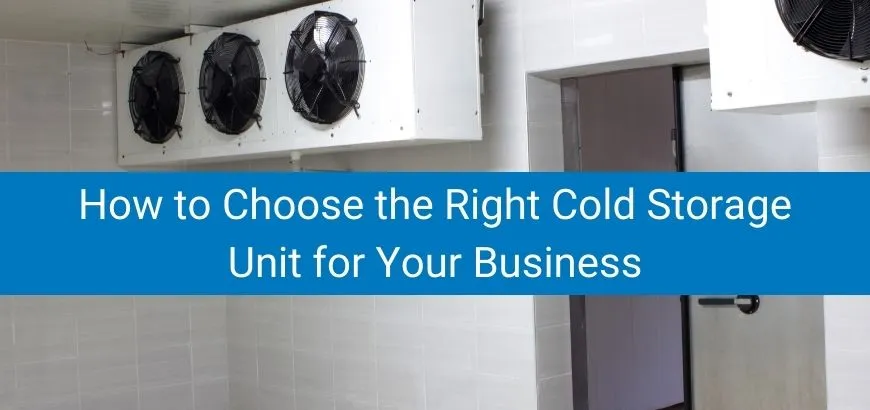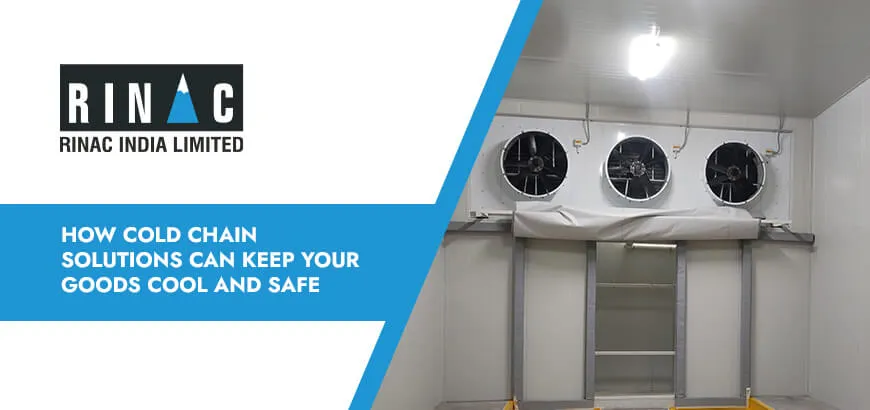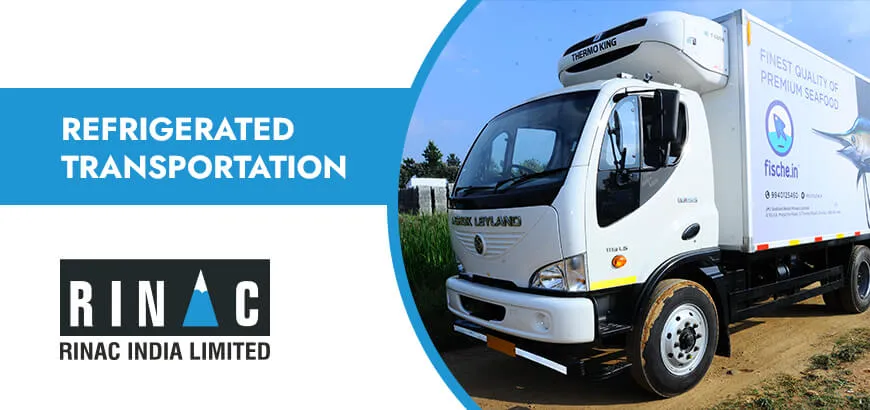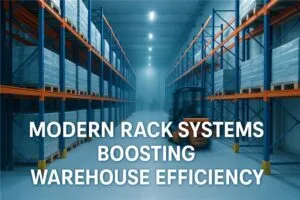
How do modern storage rack systems improve warehouse efficiency and space utilization
Modern storage-rack technologies—ranging from high-density mobile and shuttle systems to mezzanines and fully automated AS/RS—unlock dramatic gains in cubic capacity (50 – 120 %), slash travel and picking time, and even cut energy costs in temperature-controlled warehouses. For cold-chain specialists like Rinac, the right mix of racking not only defers costly building expansions but also keeps chilled air volumes tight, driving down kilowatt-hours per pallet. Below is an in-depth look at how each leading rack option boosts efficiency and the strategic questions to answer before upgrading.
1. Who Are We Designing For?
Rinac serves procurement managers, facility heads, engineers, architects, and consultants who run cold rooms, ripening chambers, and modular warehouses across food, pharma, and industrial sectors. Their goals: maximize storage density, protect product quality, and minimize refrigeration spend.
2. Core Space-Saving & Efficiency Levers
2.1 Vertical & Cube Optimization
- Tall selective or VNA racks let operators push beam levels to the roof, reclaiming “dead-air” space that commonly equals 25–35 % of a building’s volume.
- Narrowing aisles below the conventional 10–12 ft to VNA widths of 5–7 ft can raise pallet positions by up to 40 %.
2.2 High-Density Mobile & Shuttle Solutions
- Motor-driven mobile pallet racking eliminates all but one “active” aisle, boosting pallet capacity 80–90 % while shrinking floor area 45 %.
- In cold rooms, mobile racks also cut the volume of air requiring refrigeration, saving double-digit energy.
- Pallet shuttle or semi-automated deep-lane systems compact goods 30 m or more without human entry, ideal for uniform SKUs and frozen commodities.
2.3 Automated Storage & Retrieval (AS/RS)
- Vertical lift modules or mini-load AS/RS shrink footprints 75-85 % versus static shelving by using the full ceiling height and eliminating aisles.
- AS/RS paired with WMS can double pick rates, cut labor 50 %, and provide real-time inventory tracking.
2.4 Flow-Based Systems
- Pallet flow racks feed FIFO lanes via gravity rollers, reducing forklift miles and bringing items directly to pick faces—trimming travel time and raising throughput.
- Push-back racks store 2-5 pallets deep per lane, delivering 30 % higher density than selective rack while maintaining multiple SKU access from the aisle.
2.5 Drive-In / Drive-Through Racking
- For large runs of identical pallets, drive-in or drive-through designs remove most aisles and can free up to 35 % of a warehouse’s footprint, though at the cost of selectivity.
2.6 Mezzanines & Pick Towers
- Rack-supported or free-standing mezzanines add a second (or third) level above ground operations, expanding usable area by 50 – 200 % without touching the building shell.
2.7 Dynamic Shelving & Carton Flow
- Case-level “dynamic” or carton-flow lanes let cartons advance automatically, ensuring every cubic inch is used and accelerating each-pick productivity.
3. Quantifiable Benefits
| Metric | Typical Improvement | Rack Options Driving Gain |
|---|---|---|
| Storage density | +50 – 120 % pallets/cu-ft | Mobile, drive-in, shuttle, VNA |
| Labor hours per order | –25 – 60 % | Pallet flow, AS/RS, push-back |
| Picking accuracy | Up to 99.9 % | AS/RS with goods-to-person |
| Energy (cold storage) | –10 – 35 % kWh | Mobile, shuttle, compact lanes |
Data compiled from vendor case studies and industry benchmarks cited above.
4. Implementation Roadmap
- Audit SKU profile & temperature zones – Map velocity, stackability, and temperature tolerance to match each SKU group with the right rack type.
- Confirm building & slab load limits – High-density and mezzanine installations add concentrated loads; structural checks are mandatory.
- Model ROI scenarios – Include deferred construction, utilities, labor, and potential automation rebates when comparing options.
- Integrate WMS / sensors early – Real-time location, temperature, and load data maximize gains from automation and support compliance audits.
- Plan phased rollout – Start with one temperature zone or SKU family, measure KPIs, then scale. This limits disruption and secures quick wins.
5. The Rinac Advantage for Cold-Chain Facilities
Rinac already delivers modular insulated panels, walk-in chillers, and turnkey cold warehouses; pairing these envelopes with high-density mobile or shuttle racks compounds both energy and capacity savings, keeping every pallet within optimal temperatures while delaying costly real-estate expansion.
Ready to unlock more cubic metres—and cooler kWh? Talk to Rinac’s engineering team about a custom rack layout that dovetails with your next cold-storage build or retrofit.




